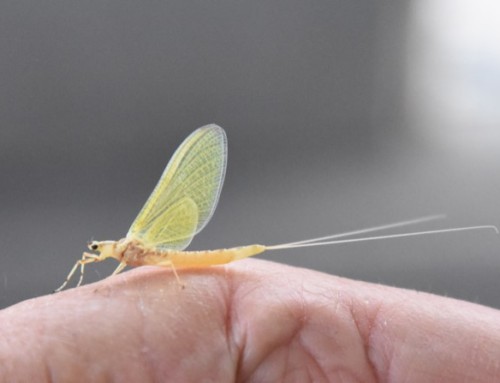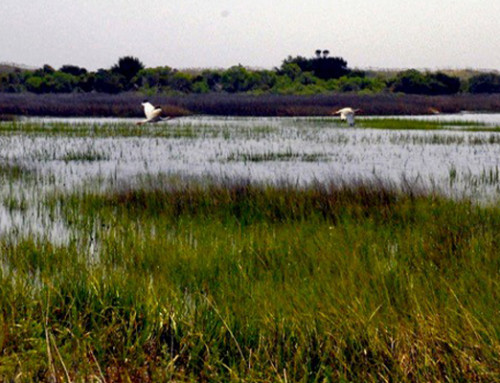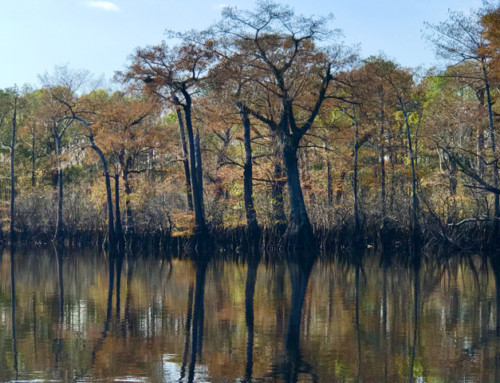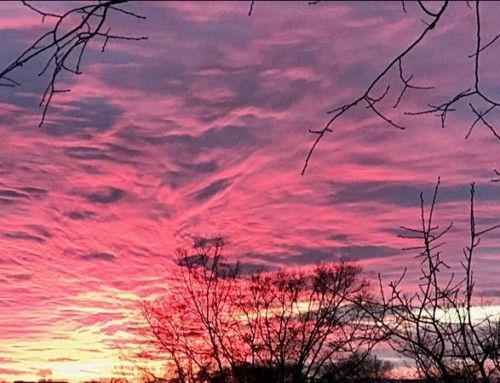A Photo Series from NC photographer and naturalist Tom Earnhardt
Remembering the Stewards
What will you remember most about sheltering in place for many weeks? Each of us will have memories that include changed sleep habits (for better or worse), exercising more (or much less), becoming a better cook (or baking too many cookies), and reestablishing friendships through letters and calls (or regretting that we didn’t take the time). In this beautiful Tar Heel spring some of us will remember the joy of sitting on a porch or the front steps. Others will have dug up their yards to plant tomatoes, lettuce and cucumbers for the first time in years. Unfortunately, for some of us there will also be memories of frustration, pettiness, anxiety, and even loss.
Collectively, I am convinced we will remember April 2020, as a time when patience, courage, empathy, generosity and love were expressed in countless ways. In coming years we will celebrate the sacrifice, skill and untold kindness of women and men who took care of us and our institutions—healthcare systems, schools, food supplies, transportation, and important governmental agencies—while North Carolina and the world healed.
These acts of kindness, caring and service are elements of two of my favorite words in the English language, steward and stewardship. These are all-encompassing words/terms for those who give, care and love.
In the past there have been people with “steward” in their titles, including “ship steward” or “stewardess.” For the most part, however, steward and stewardship are now used as compliments or expressions of gratitude, as in “a good steward of the university” or “good stewardship of financial resources.” Perhaps most familiar to us is the expression: “She was a good steward of the land.”
The work of untold numbers of people over the past six weeks has reminded me of the “stewards of the land” that I have most admired. From my experience, stewards come in every age, ethnicity and are found in every profession. There are professional stewards and volunteers. Farmers are generally good stewards of the land, but you do not have to be a farmer or landowner to be a good steward. I think of the countless park rangers, teachers, employees of natural science museums, and individuals who work for conservation organizations. Stewardship of the land can be seen in the arts in the paintings of Mark Catesby, John James Audubon and Dot Wilbur. It lives in the photographs of Ansel Adams and Hugh Morton. Stewardship can be felt in the words of Robert Frost, Mary Oliver, Maya Angelou, Charles Kuralt, Bland Simpson, and E.O. Wilson. And who cannot hear the work of stewards in Aaron Copland‘s “Simple Gifts” (from Appalachian Spring), Handel’s “Water Music” or James Taylor’s “Carolina in my Mind?”
Stewardship of natural resources is also alive in the work of countless individuals, who rarely want to be named, but whose financial generosity has helped us set aside or expand such places as Jockey’s Ridge State Park, Chimney Rock State Park, Weymouth Woods Natural Area, Grandfather Mountain State Park, and our first State Park, Mount Mitchell. Stewardship is integral to the work of coastal geologists and climate scientists who educate us about a warming earth. Stewardship lives in government in the actions of a Teddy Roosevelt, and in the work of county commissioners, cabinet secretaries (state and federal), governors, and elected representatives who fight for natural resources. It is alive in Raleigh’s Dix Park, and in most other North Carolina cities. Stewardship can be found in the legal profession in such organizations as the Environmental Defense Fund, Southern Environmental Law Center, and in the efforts of many firms and individual lawyers across North Carolina and the nation.
Perhaps the reason stewards have come to the forefront of my thinking is that their actions almost always provide solace and comfort, while contributing to the long-term health of the planet. Although I believe stewardship of living things is an innate tendency (biophilia), it is also learned. The more children are exposed to wild things and places at an early age, the more likely they are to love and preserve additional parts of the natural world for future generations. Nature is the laboratory where our children learn to be curious, to explore in safety and to move freely in concert with other living things.
In the coming months and years—with a child, friend or partner—take the time to summit Jockeys Ridge, marvel at 50 miles of oceanfront wilderness at Cape Lookout National Seashore, walk in to the glory of Linville Gorge, stand in in the reflection of Looking Glass Rock, or listen to the voices of 100,000 swans and snow geese on the Albemarle Peninsula. Remember the stewards who worked to preserve them as places for all people to heal and grow.
Going forward, April 2020, will forever remind us of the very best in humanity. Each spring when the “Tarheelsphere” comes alive with a hundred shades of green, when the dogwoods bloom, and when birds come home from points south, I will remember the sacrifice and generosity of stewards—caregivers all—who protected us and our institutions. Never have I been more thankful.
Remembering the goodness and celebrating our stewards,
Tom
Jockey’s Ridge is the tallest active sand dune system on the East Coast. It was preserved in large part by the actions of a single individual, a steward of the land, Carolista Baum, who lay in front of a bulldozer to protect the iconic landmark for generations to come.

Cape Lookout National Seashore, comprised of Core Banks and Shackleford Banks, is largely uninhabited for 50 miles starting at Portsmouth Island and extending south to Beaufort Inlet. (Photo#1) Today, its most notable permanent residents are the wild ponies on Shackleford Banks. (Photo #2)


Most of us did not know until recently that North Carolina is home to the oldest living things in eastern America, bald cypress (some more than 2,500 years old) along the Black River. Thousands of these trees have been preserved by the stewards of The Nature Conservancy.

Pilot Mountain is the namesake of a state park, and to the left in the photograph below you can also see the “monadnocks” of Hanging Rock State Park just north of Winston-Salem. In the Photo #2 you can see the springtime view of the Yadkin Valley from Morrow Mountain State Park, rising almost 1000 feet in the southern Piedmont, near Albemarle. These “little mountains in the Piedmont” have been beacons to travelers since Native Americans arrived on this land more than 13,000 years ago. All three Piedmont parks were set aside by the actions of stewards.


The views from Chimney Cock on the south side of Hickory Nut Gorge are now preserved for future generations in Chimney Rock State Park.

Few stretches of North American wilderness command our attention like Linville Gorge (Photo #1). You can still watch as nature continues to carve the gorge at Linville Falls (Photo #2).


There were just a few hundred acres of spruce/fir forests left on Mount Mitchell when it was preserved as our first state park in 1916. Mount Mitchell is the peak to the left of center.

During the 1930s construction was started on the 463-mile Blue Ridge Parkway to provide jobs for a nation suffering during the Great Depression. Photo #1 shows the Parkway view from Water Rock Knob, a 6,300 foot peak in our Southern Appalachians. Today, it is arguably America’s most beautiful highway, and much of the beauty can be seen right here in North Carolina. Photo #2 shows Looking Glass Rock, a magnificent granite dome that can be seen from the Parkway. The Parkway was envisioned and built by stewards.


There is a new “parkway” in North Carolina, the 1000-mile Mountains to the Sea Trail (MST). It was first proposed by Howard Lee and Jim Hunt in the 1970s. Today, the MST is largely maintained by volunteers, stewards all!

All photos in this series are by Tom Earnhardt. Narration by Tom Earnhardt except slight editorial corrections






